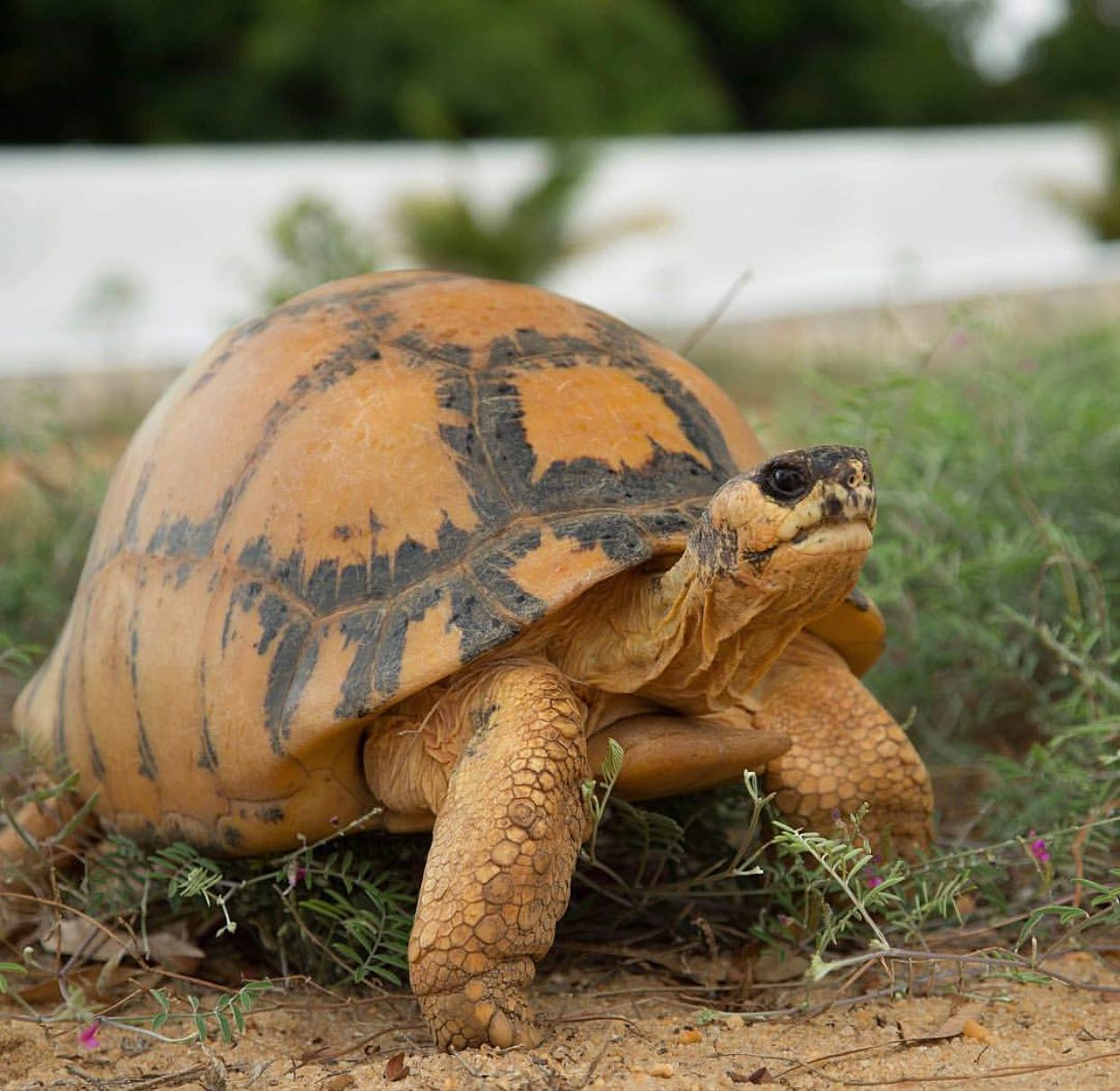– The diverse species of endemic turtles and tortoises of Madagascar
– Threats to Madagascar’s endemic chelonians and their status as endangered species
– Conservation and management efforts for turtle and tortoise species in Madagascar
Madagascar is a treasure trove of biodiversity, with an astonishing variety of life forms found nowhere else on Earth. Among its diverse fauna, the island is home to some turtle and tortoise species that have captured the attention of conservationists and biologists alike. The turtles and tortoises endemic to Madagascar are aesthetically remarkable and play crucial roles in their ecosystems. Yet, as beautiful and ecologically significant as these creatures are, they face severe threats that have nudged many species toward the brink of extinction.
The endemic chelonians of Madagascar include species such as the radiated tortoise (Astrochelys radiata), the ploughshare tortoise (Astrochelys yniphora), and several species of freshwater turtles like the Madagascar big-headed turtle (Erymnochelys madagascariensis). These species are renowned for their distinctive patterns, behaviors, and adaptations that allow them to thrive in Madagascar’s unique environments.
Despite their evolutionary success, these turtles and tortoises are endangered, primarily due to habitat destruction and fragmentation, overexploitation for food and the pet trade, and introduced species that compete for resources or directly prey upon them. Deforestation and land conversion for agriculture have eroded the natural habitats of these chelonians, further exasperating their plight. Pollution and climate change add to a complex suite of challenges that threaten the survival of these creatures in the wild.
Conservation efforts in Madagascar are multi-faceted, focusing on both in-situ and ex-situ strategies. Organizations and local communities collaborate to protect critical habitats by establishing protected areas and ecological reserves. Active field research is conducted to better understand these species’ natural history and ecology, which is vital for informed conservation action. Anti-poaching patrols and environmental education campaigns also play an integral part in preserving Madagascar’s endemic turtles and tortoises.
Efforts to ensure sustainable livelihoods for local communities are integral to the conservation mission, as they directly influence the stewardship of natural resources. Initiatives such as ecotourism and alternative agriculture practices are gaining traction, aligning economic development with biodiversity protection.
Zoo management plays a crucial role in conserving Madagascar’s chelonians through captive breeding programs, which aim to maintain genetic diversity and potentially serve as an insurance population against species loss in the wild. Zoos also act as centers for education and public engagement, raising awareness about the plight of these species and the actions individuals can take to aid their conservation.
Combining expertise in zoology, ecology, and conservation biology, conservationists are formulating and implementing action plans tailored to each species’ specific needs. Engaging local and international stakeholders remains a priority, as the endeavor to preserve Madagascar’s endemic turtles and tortoises requires a concerted effort by all parties involved.
Protecting Madagascar’s unique turtle and tortoise species symbolizes a broader commitment to conserving the island’s rich natural heritage. These extraordinary creatures will continue to thrive in the wild through dedicated research, management, and public involvement. The journey toward securing their future is ongoing, and as it unfolds, every achievement serves as a reminder of what can be accomplished through collaborative conservation efforts.
*****
Source Description
Madagascar’s endemic turtles and tortoises represent some of the world’s most beautiful but, unfortunately, endangered species. We are working with our partners to lead conservation efforts in Madagascar to keep them wild!

